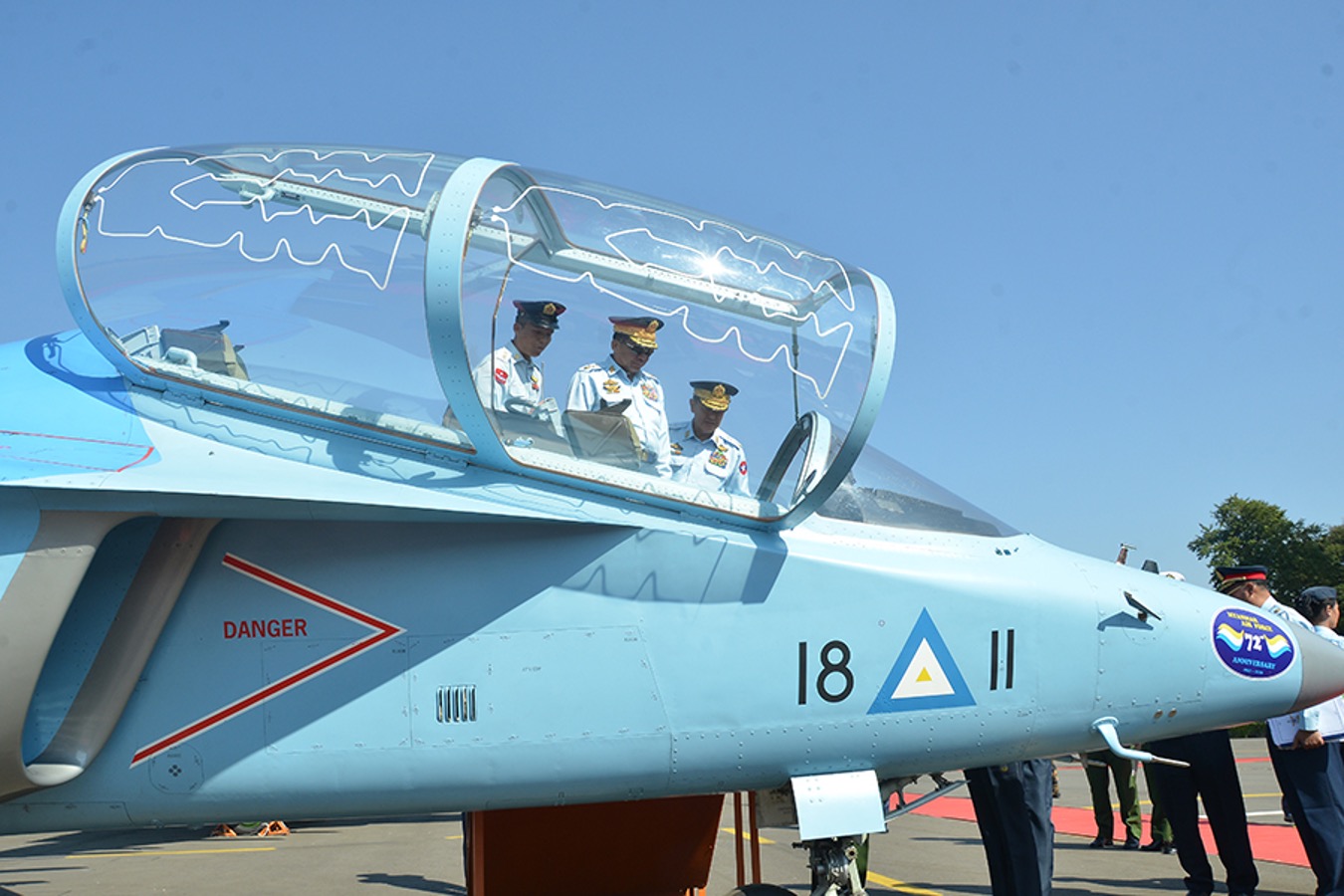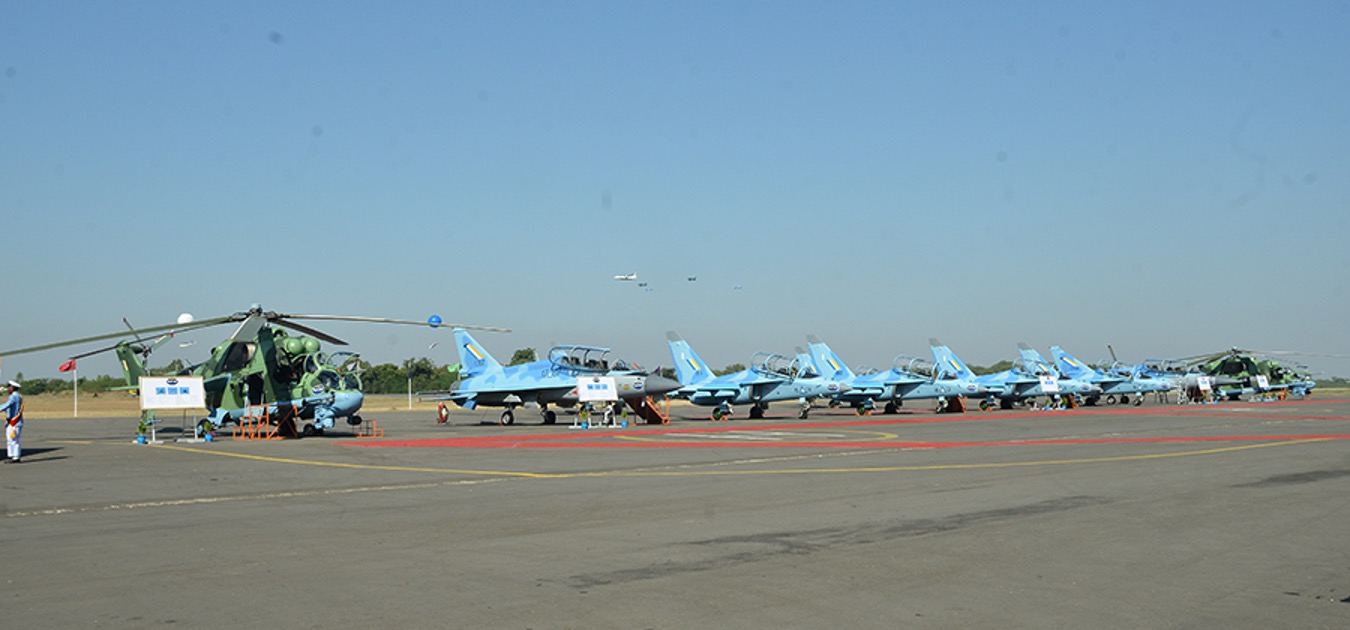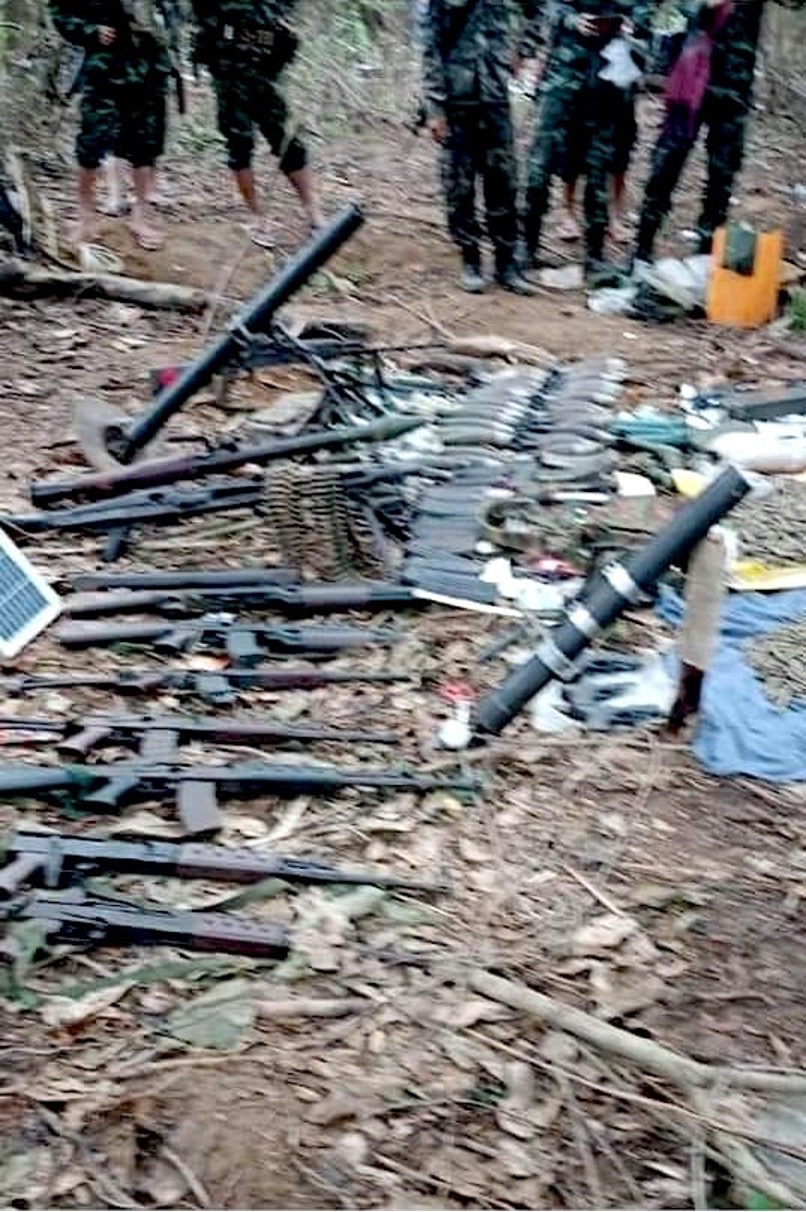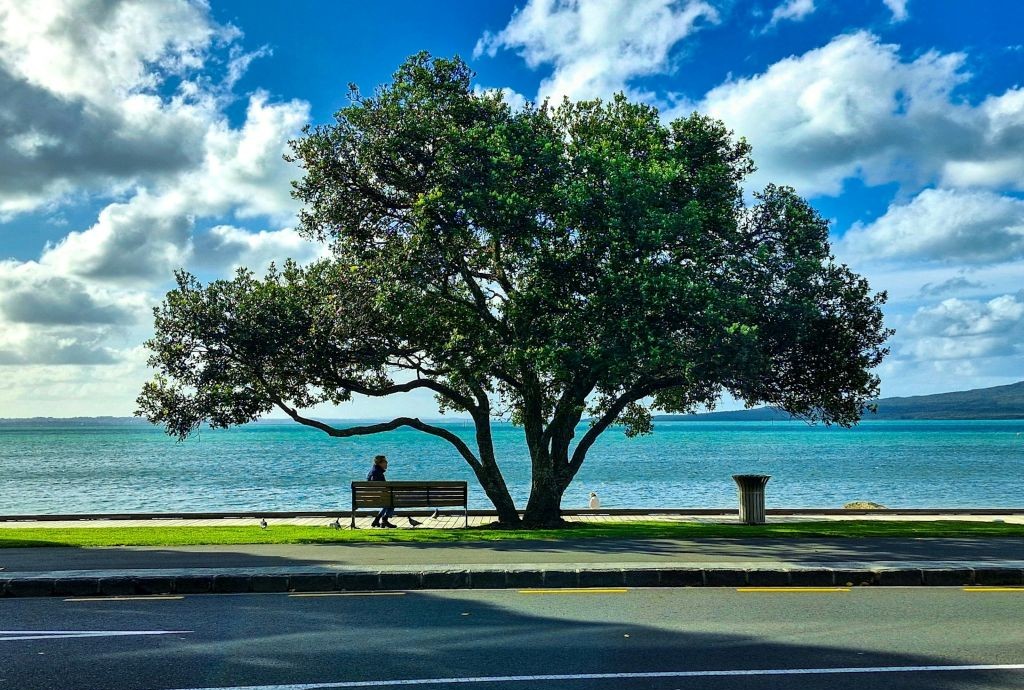Table of Contents
6th May 2021
Nearly 200 Myanmar military troops, including a colonel and a lieutenant colonel, were killed in clashes between the regime’s troops and the military wing of the Karen National Union (KNU) in Karen State.
Military tension has risen in Hpapun area, Shwe Kyin and Thaton Districts, in Karen and Bago regions after the military wing of the KNU, Karen National Liberation Army (KNLA) Brigade 5 seized an outpost near the Salween River in Thi Mu Hta held by the military’s Light Infantry Division 349 on March 27.
KNU Brigade 5 also overran a military border post on the banks of the Salween River in Thaw Le Hta, near the border with Thailand’s Mae Hong Song Province on April 27.
From March 27 to early May, 194 soldiers were killed and another 220 soldiers from Myanmar military were wounded in clashes. Nine soldiers from the KNLA were killed and 10 were injured, a spokesperson for the KNU’s 5th Brigade, Lieutenant Colonel Saw Kler Doh, told local news outlet Karen Information Center.
During one month, the military launched 27 airstrikes into the KNU Brigade 5 area, fired 47 artillery shells, and there were 407 clashes between the two sides, said Lt. Col. Saw Kler Doh.
Moreover, Brigade 5 recorded that the military fired 575 artillery shells into local villages and farmland. The air raid killed 14 civilians, wounded 28 people and destroyed 20 houses and two schools.
Currently, the military has been reinforcing its troops in these areas, according to KNU.
Last month, Lt. Col, Saw Kler Doh told The Irrawaddy that the KNLA’s attacks are to show support for civilians and the newly-formed National Unity Government set up by elected lawmakers from the ousted National League for Democracy (NLD) government.
Recently, the United Nations Office for the Coordination of Humanitarian Affairs (OCHA) estimated that about 40,000 people have fled their homes in Papun District in Karen State and Shwe Kyin, Kyaukkyi and Nyaunglebin Townships in Bago Region, following the coup and military airstrikes in the areas. An estimated 1,000 refugees – mostly the elderly, the sick, women and children – have taken refuge in Thailand.
Source The Irrawaddy 6th May 2021.
Meanwhile, the Junta’s attempts to impose a governing structure to replace the ousted government is hitting a few snags.
Three administrators appointed by the military regime have been killed in Yangon, Mandalay and Sagaing regions in targeted attacks.
Regime-appointed ward administrators and police informants have been attacked. The regime has said “rioters”, a military euphemism for protesters, were behind the attacks. However, no one has claimed responsibilities for the attacks and The Irrawaddy cannot independently verify the regime’s claim.
Since the Feb. 1 coup, ward administration offices, which are key to the junta’s ability to govern the country, have suffered arson or bomb attacks in protest at new appointments by the regime.
Newly appointed ward administrators and police informants are increasingly being targeted for collaborating with the junta in arresting anti-regime protesters, striking government staff and other civilians opposing military rule.
On Thursday afternoon, a newly appointed ward administrator was reportedly stabbed to death by unknown men in Chanmyathazi Township, Mandalay Region, according to a resident.
On Tuesday evening, a Kyeekan village tract administrator in Khin-U Township, Sagaing Region, was stabbed to death when he was outside the village, according to a military-run newspaper.
Motorcyclists also opened fire on the house of Witoke village administrator U Than Myint in Tamu Township, Sagaing Region, on Monday night.
U Than Myint and his wife were injured, and his daughter and grandson were killed, according to residents.
Source The Irrawaddy 6th May 2021.
Action against strategic infrastructure is increasing, especially if it has connections with China.
Beijing has good reason to be worried. Among its many investments in its southern neighbour, the 800-kilometer-long oil and natural gas twin pipelines that run from Myanmar’s western region to China are seen as having strategic importance. The crude oil pipeline transports 22 million tons annually, while the natural gas pipeline carries 12 billion cubic meters of gas.
The importance of the project was highlighted in February when Chinese officials held an emergency meeting with Myanmar officials, at which they urged the military regime to tighten security measures for the pipelines. They said the project is a crucial part of Beijing’s Belt and Road Initiative (BRI) in Myanmar and insisted that “any damage to the pipelines would cause huge losses for both countries.” The request came amid growing anti-China sentiment in Myanmar, where protesters—angered by Beijing’s blocking of the UN Security Council (UNSC)’s efforts to take action against the coup leaders—have threatened to blow up the pipelines.
Now, following Wednesday’s deadly attack on a group of security personnel who were standing guard at the pipelines’ off-take station in Mandalay, China’s concerns will only have intensified. Military-owned Myawaddy TV hastily reported on the incident on the same day that three guards at the “oil and natural gas station”—as they put it—in Singtaing Township were slashed to death by unidentified attackers. Everyone in the neighborhood knows that “the station” refers to the Chinese-owned pipeline station. The sword and machete attack on the policemen was undoubtedly part of Myanmar’s growing popular armed resistance against the regime.
Source The Irrawaddy 6th May 2021.
The country is slowly becoming ungovernable, and signs of cracks are appearing in the Military.
Captain Lin Htet Aung from Defence Services Academy Intake 54 confirmed reports on social media that over 80 officers and other ranks have left the Air Force. Hundreds of soldiers from infantry units have also joined the civil disobedience movement (CDM), he said.
“More than 10 officers from the Air Force have joined the CDM. The highest ranking of them are captains,” said Captain Lin Htet Aung who is also on strike.
The officers and other ranks who have left come from air bases and aviation communication units in Yangon, Mandalay, Ayeyarwady regions and Kachin State.

“Some have fled because they have committed offences. Others have joined the CDM of their own volition,” Captain Lin Htet Aung said.
Their departure could have a negative impact on the administrative functions of the air force, said the captain. The reports of airmen leaving the Air Force come after a military gunship was shot down by the Kachin Independence Army (KIA) in Momauk, Kachin State on Monday. The three airmen on board died in the crash.
Military analysts suggested that the incident will deter regime jet fighters from launching attacks from the same altitude that the gunship was flying at when it was shot down. The regime’s jets will have to fly at a higher altitude, which makes it more difficult for them to hit targets on the ground.

“The junta has to carry out airstrikes because it can’t beat the KIA in ground warfare. So, if the helicopter was shot down while flying at an altitude of 10,000 feet, the jets will have to fly at a higher altitude when launching attacks. That will reduce the precision of their bombing,” said one analyst.
The analysts suggested also that the morale of Myanmar’s military seems to be declining, as their soldiers were easily defeated when the KIA and the Karen National Liberation Army attacked military outposts in Kachin and Karen states in the past few weeks.
Source The Irrawaddy 6th May 2021.
In an ominous move for the Junta, more hitherto relatively peaceful EAOs have been drawn into the conflict.
The Myanmar military reportedly suffered heavy casualties during fierce clashes with members of the Northern Alliance in multiple locations in northern Shan State on Tuesday and Wednesday.
A combined force of Ta’ang National Liberation Army (TNLA) and Myanmar National Democratic Alliance Army (MNDAA) fighters launched attacks on the Myanmar military’s 99th Light Infantry Division and Infantry Battalion 45 in Kutkai Township on Tuesday. The attack came after fierce fighting between the Kachin Independence Army (KIA) and regime troops in the township’s Manlon Village.
The TNLA and MNDAA announced that they jointly launched attacks on the Myanmar military to help their Alliance partner the KIA, as well as to defend themselves, as the junta has been reinforcing its troops in their areas of activity. The Northern Alliance groups the TNLA, MNDAA, KIA and the Arakan Army (AA).
Fighting between the KIA and regime troops in northern Shan and Kachin states has intensified since the junta killed two anti-coup protesters in Myitkyina in March. Soon after the coup, the KIA refused to recognize the junta and warned it not to harm anti-coup protesters in Kachin State.
The KIA seized a strategic base in Montauk Township and stormed more than a dozen military and police outposts in Kachin’s Waimaw, Momauk, Hpakant, Tanai, Mogaung, Shwegu and Injangyang townships. It has also threatened to step up its attacks if the junta continues to shoot peaceful protesters across the country.
According to a local resident, more than two dozen Myanmar military (or Tatmadaw) troops were killed and many weapons were seized by the TNLA and MNDAA during the clashes in Kutkai.
Source The Irrawaddy 6th May 2021.
Below are weapons etc “confiscated” in Karen State by the KIA.


Some of these weapons are destined to be smuggled into the cities and if the rebels get RPGs into Yangon there will be carnage.
Please share this article so that others can discover The BFD









